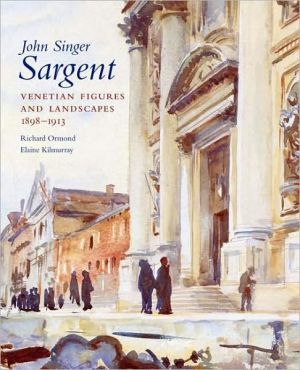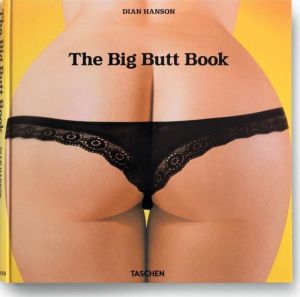John Singer Sargent: Venetian Figures and Landscapes 1898-1913: Complete Paintings: Volume VI
Throughout his career—and particularly in the period from 1898 to 1913—John Singer Sargent painted the spectacular architecture and scenes of everyday life in Venice, as he sat alongside the Grand Canal or in a gondola in the sleepy side canals. This lavishly illustrated book presents all the luminous masterworks that Sargent completed during that fertile fifteen-year period: oils and watercolors that reveal his taste for the Renaissance, Baroque, and high style in art and architecture as...
Search in google:
Throughout his career—and particularly in the period from 1898 to 1913—John Singer Sargent painted the spectacular architecture and scenes of everyday life in Venice, as he sat alongside the Grand Canal or in a gondola in the sleepy side canals. This lavishly illustrated book presents all the luminous masterworks that Sargent completed during that fertile fifteen-year period: oils and watercolors that reveal his taste for the Renaissance, Baroque, and high style in art and architecture as they were seen in the city’s unique light. The book reproduces and documents 141 works, including several that are published for the first time. An authoritative essay explores the aesthetics of Sargent’s Venetian work, places it in the context of his oeuvre as a whole, explains Sargent’s relationships with his patrons in Venice, and discusses the exhibitions and marketing of this work in London and New York. The book also provides a map of Venice marking every known location that Sargent painted and displays dozens of contemporary color photographs of the sites. Library JournalFrom his gondola on canals in Venice, Sargent created watercolors, light, luminous, and washed, with fluid, rhythmic brushstrokes. In this latest volume of the catalogue raisonné, Ormond, an independent art historian and great-nephew of Sargent, and Kilmurray, research director of the project, chronicle an intense period of Venetian scenes—about 120 in watercolors and about a dozen in oil. This sixth volume in a series opens with a chronology covering the time period, followed by the criteria used in the preparation of the book, a 1900 map of Venice, and Kilmurray's introductory essay on the Venice known among artists and Sargent's circle of intimates at the time. These are followed by the illustrated catalog entries. A good feature is the inclusion of photographs comparing camera images to Sargent's painterly eye. VERDICT The book provides provenance, exhibition history, and the identity of these specific works and is important for the completion of the catalogue raisonné for art history book collections. It is not critical but descriptive and can stand on its own for lovers of Venice, Sargent, and watercolors.—Ellen Bates, New York
\ Library JournalFrom his gondola on canals in Venice, Sargent created watercolors, light, luminous, and washed, with fluid, rhythmic brushstrokes. In this latest volume of the catalogue raisonné, Ormond, an independent art historian and great-nephew of Sargent, and Kilmurray, research director of the project, chronicle an intense period of Venetian scenes—about 120 in watercolors and about a dozen in oil. This sixth volume in a series opens with a chronology covering the time period, followed by the criteria used in the preparation of the book, a 1900 map of Venice, and Kilmurray's introductory essay on the Venice known among artists and Sargent's circle of intimates at the time. These are followed by the illustrated catalog entries. A good feature is the inclusion of photographs comparing camera images to Sargent's painterly eye. VERDICT The book provides provenance, exhibition history, and the identity of these specific works and is important for the completion of the catalogue raisonné for art history book collections. It is not critical but descriptive and can stand on its own for lovers of Venice, Sargent, and watercolors.—Ellen Bates, New York\ \








